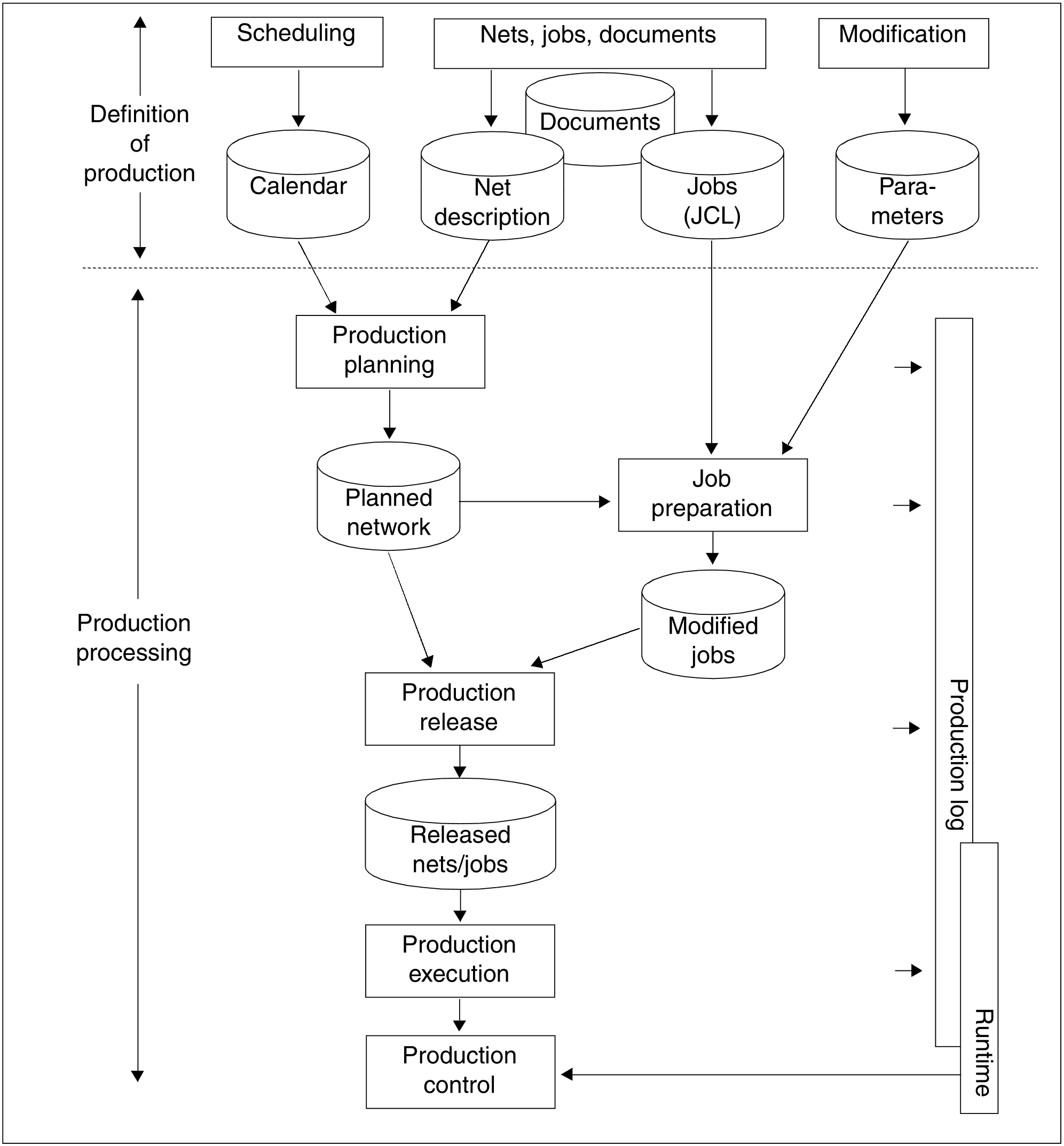With AVAS, the computer center can automate its job production and handle necessary planning, preparatory and checking tasks in both interactive and batch mode. Decentralization approaches (such as relocating work process scheduling to the specialist departments) are supported to the same extent as the central collection of job information is supported.
The AVAS services are available throughout the MSCF network. AVAS therefore permits the definition, scheduling and monitoring production from a central location. The user can hand over jobs for processing via AVAS to specific processors in the MSCF network and monitor the normal or abnormal end of these distributed jobs. For this, AVAS uses the HIPLEX MSCF "job distribution" and "job monitoring" functions.
AVAS dialog and job control processing is transmitted to one of the processors in the MSCF network, the AVAS master processor. Of course, jobs can also be processed on this processor. The other processors in the MSCF network are only responsible for job processing (i.e. they are AVAS slave processors).
The AVAS user can define, start and check the progress of jobs that are mutually dependent in a logical or chronological sense. Such jobs that are related on the basis of certain criteria are known as job networks, or in an AVAS context simply as networks. The figure below shows the sequence of the definition and processing of networks under AVAS control.
Figure 12: Job automation with AVAS

